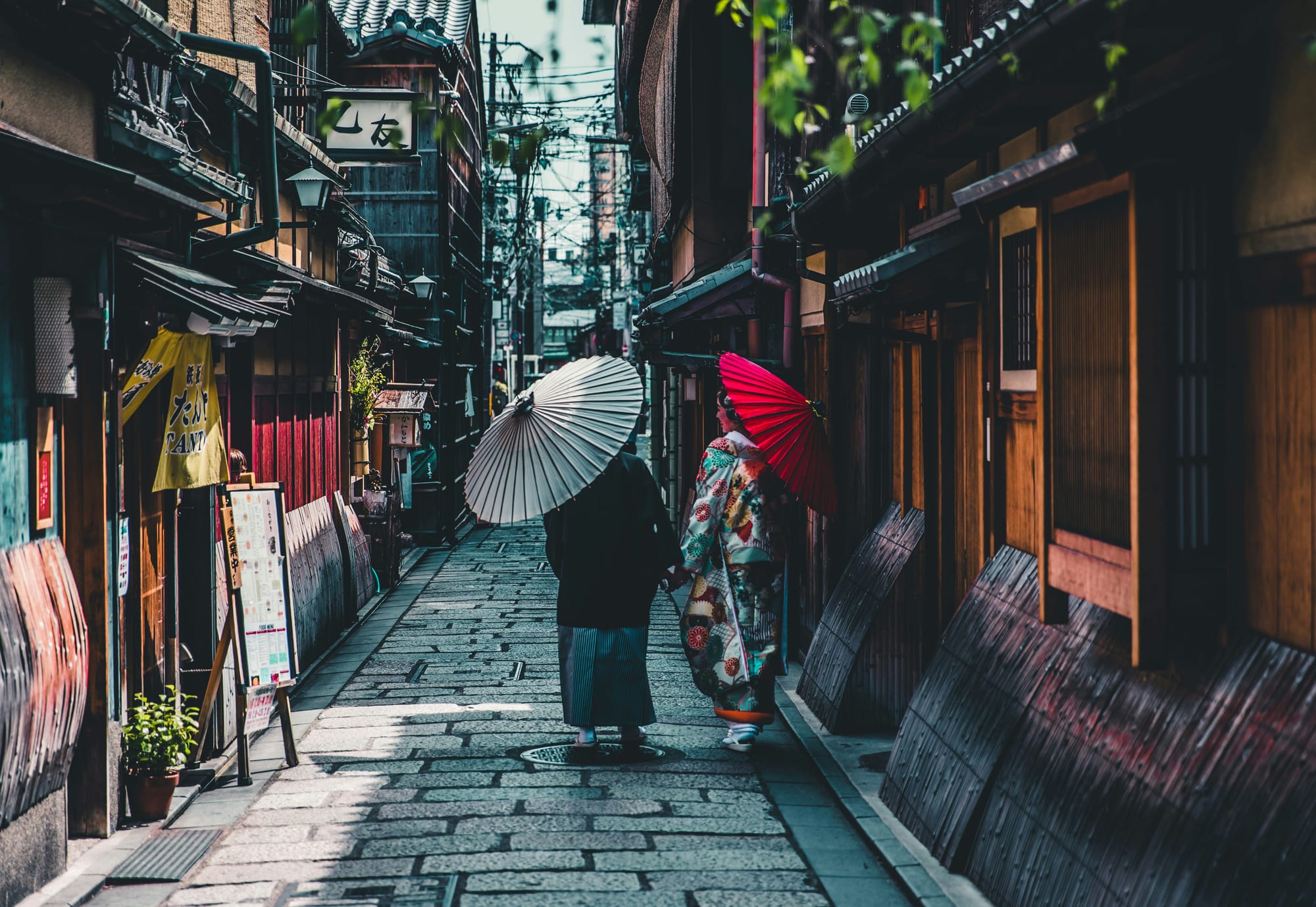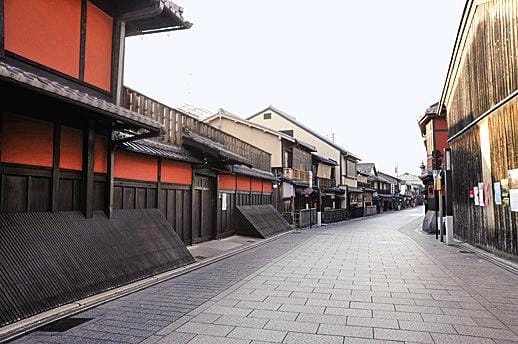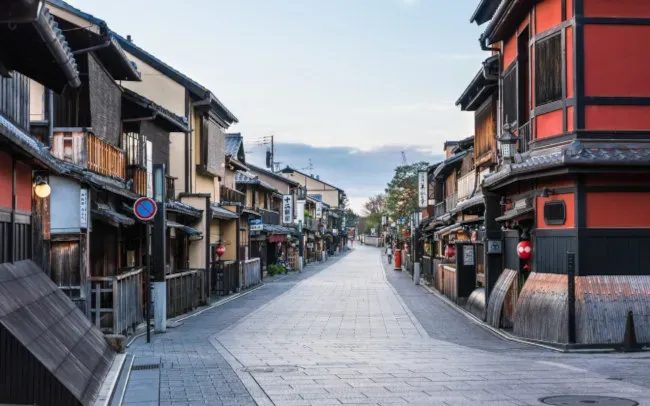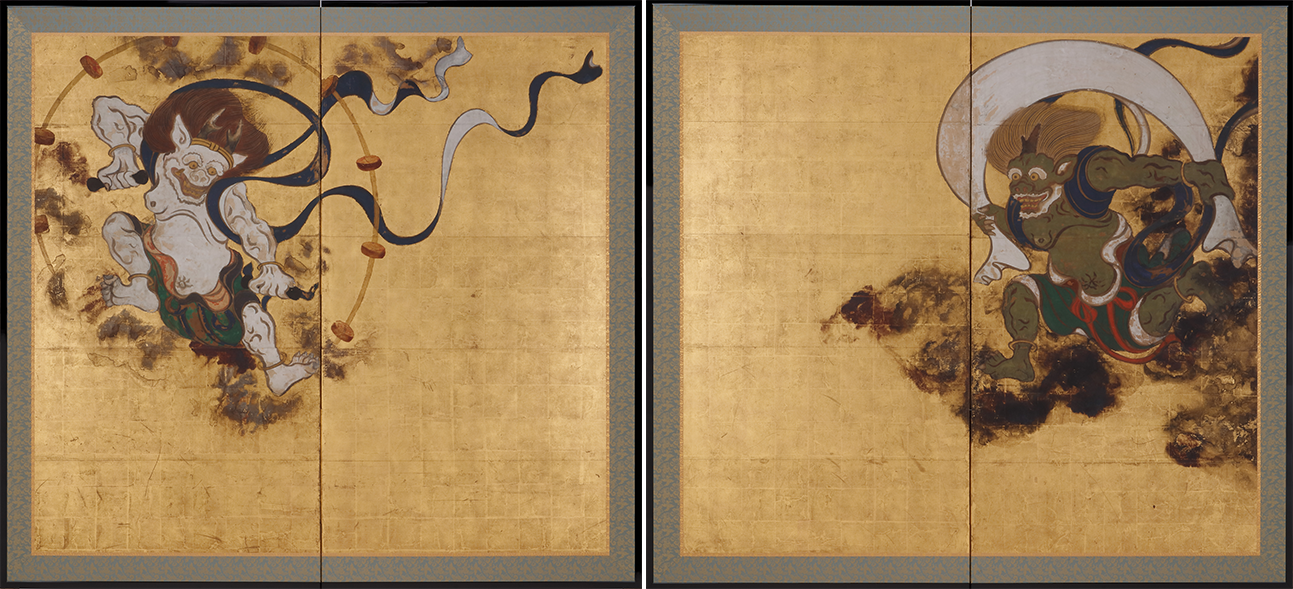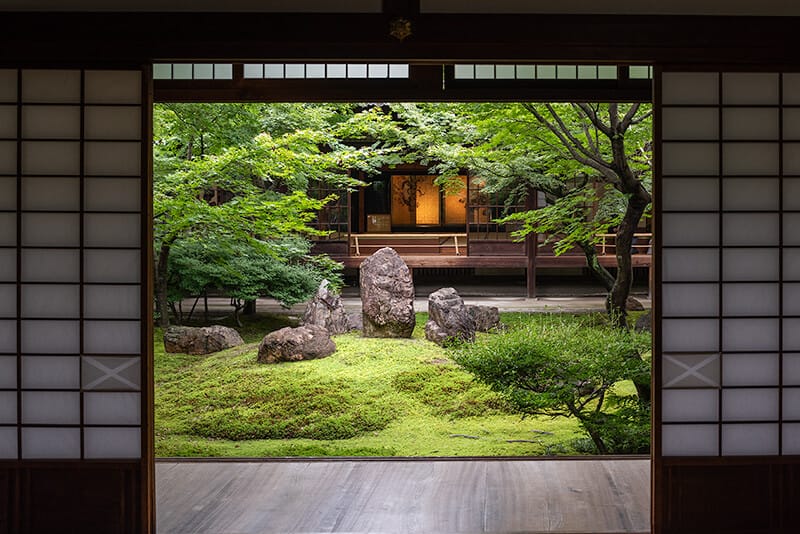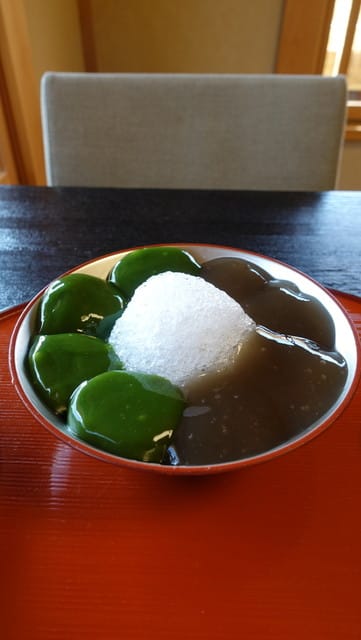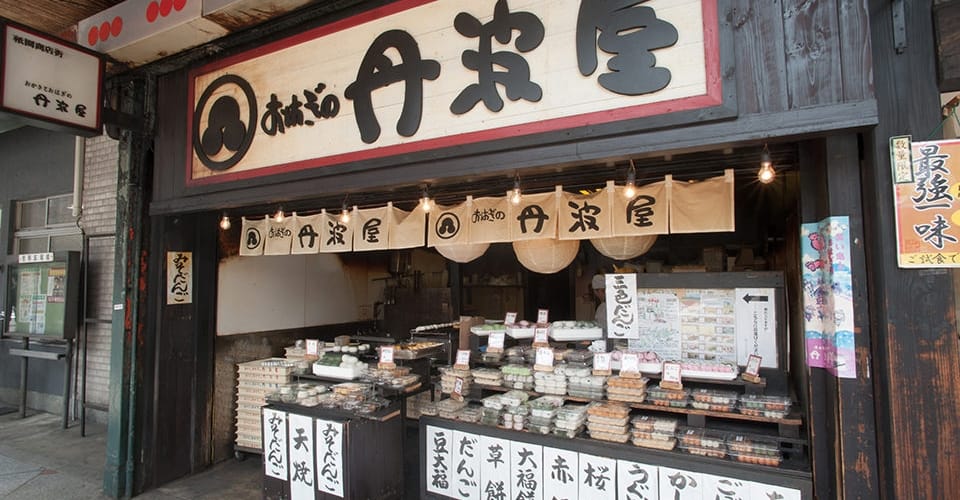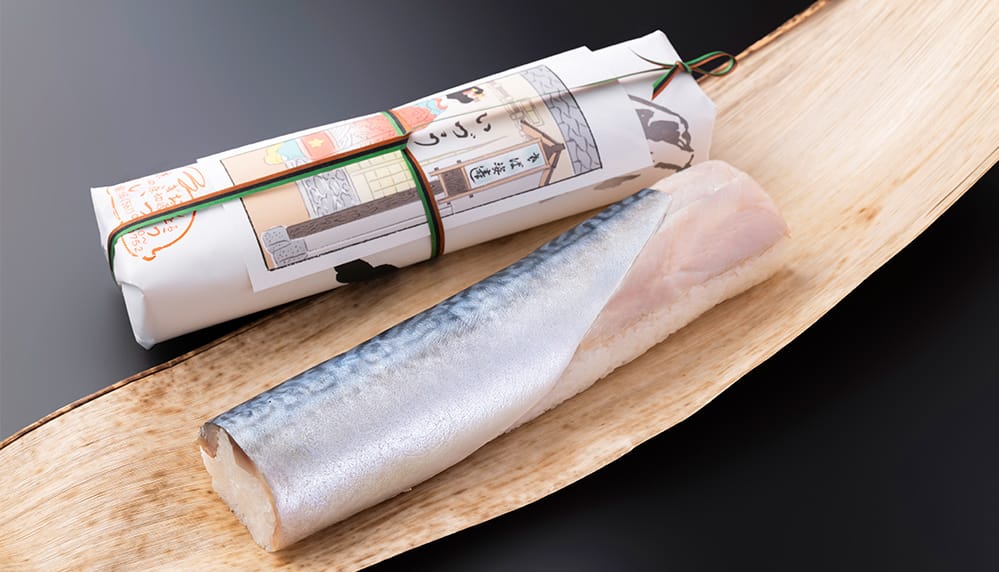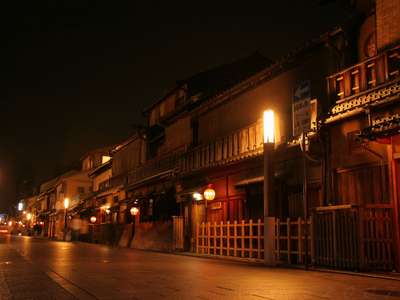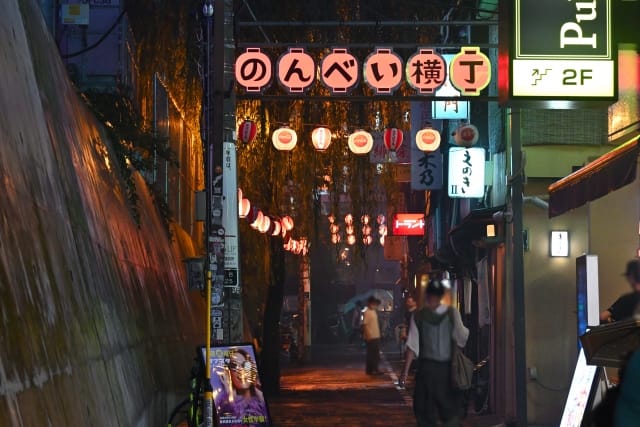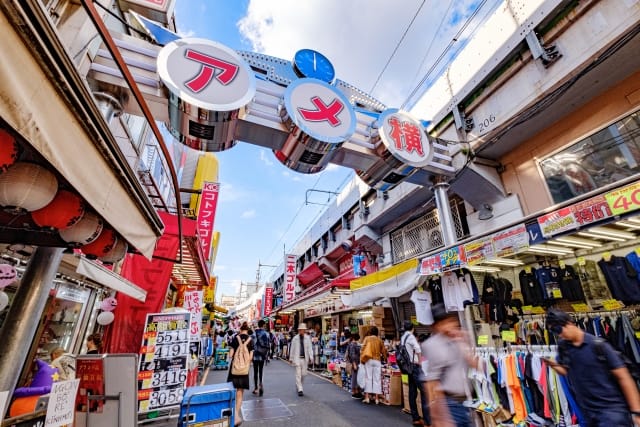Hanamikoji Street in Kyoto: Geisha District Guide
Since its publication in early August, this article has served as a guidebook for many tourists exploring the Hanamikoji area. Many visitors have been able to fully experience the charm of Hanamikoji with this guide in hand.
The reason for updating this article now is to incorporate new attractions discovered during our research of the Hanamikoji area from August to October, as well as the latest information for 2025.
Another reason is the growing interest in tours that allow visitors to experience Kyoto's traditions and culture. The streets of Kyoto, particularly around Hanamikoji, are incredibly complex, and it's very difficult for foreign visitors to understand their significance and highlights without proper explanation.
That's why tours with local guides are becoming increasingly popular. Magical Trip, which ranked #1 among all tours on TripAdvisor in 2024, offers various tours in Kyoto.

For those interested in the Hanamikoji area, we recommend the "Dinner with Maiko in a Traditional Kyoto Style Restaurant Tour," which allows you to experience the area's famous geisha culture while enjoying dinner. Even among Japanese people, few have experienced geisha culture, making this tour a truly unique opportunity.
If you want to make the most of your time in Kyoto and fully experience its charm, please consider joining one of our Kyoto tours!
Introduction
Kyoto is always mentioned as a must-visit tourist destination in Japan. The charm of Kyoto, which makes people want to return after their first visit, lies in its elegant atmosphere and quintessentially Japanese streetscapes.
Until Emperor Meiji moved the capital to Tokyo in 1869, Kyoto had been Japan's capital for over 1000 years, since 794. It's rare for a city to remain the capital for such a long time as a center of politics and culture. Having survived various eras, Kyoto is home to numerous shrines, temples, and other buildings that vividly preserve Japan's history, as well as many spots that embody Japan's subtle beauty.
One area where you can truly experience the essence of Kyoto is Hanamikoji Street, which we will introduce in this article.
What is Hanamikoji Street, the Main Street of Gion?
Most of Kyoto's main streets run north-south or east-west. Hanamikoji is one such street, a main thoroughfare about 1km long that runs north-south through Gion, Kyoto's representative entertainment district.
With its atmospheric stone-paved streets and rows of traditional houses, it's an old-fashioned streetscape that exudes a refined, high-class ambiance. Despite being called a "koji" (small street), the road itself is quite wide, allowing for a leisurely stroll. The area has long been home to many "ochaya" (teahouses) where maiko and geiko serve meals, adding to its charm as an elegant entertainment district.
The name "Hanamikoji" (flower-viewing lane) is said to derive from the numerous cherry trees that were planted along the street, creating a stunning tunnel of blossoms in spring. Even today, you can enjoy beautiful cherry blossom-lined streets in spring.
Three Charms of Hanamikoji Street! Reasons for Its Fame as a Tourist Spot
Beautiful, Quintessentially Kyoto Streetscape Designated as a Historical Landscape Preservation and Improvement District
source:Rurubu Kids
The southern area of Gion, including Hanamikoji Street, is designated as a Historical Landscape Preservation and Improvement District. As the name suggests, this area is regularly maintained to preserve its wonderful historical landscape, protecting not only the buildings but also the lifestyle activities of the people living there.
You can enjoy a magnificent streetscape that perfectly matches the image of Kyoto, with houses and buildings that utilize traditional Japanese construction techniques. The area is also home to many shrines and temples, adding a solemn atmosphere.
While the northern side of Hanamikoji has many modern restaurants and bars, the southern side near Kennin-ji Temple, which we'll discuss later, is the area where you can feel more of Kyoto's traditional atmosphere. The old-fashioned streetscape brimming with historical ambiance allows visitors to immerse themselves in a very serene mood.
Rows of Long-established Teahouses and Traditional Restaurants
Hanamikoji Street is lined with historical teahouses and long-established traditional restaurants. The buildings of each establishment abundantly use techniques that have been employed in Japanese houses since ancient times. For example, the fine-meshed lattices painted in vermilion and the arched hedges under the eaves are typical features that create the atmospheric ambiance of Hanamikoji Street.
Many of these establishments are known for their "ichigensan okotowari" policy, meaning they only accept customers introduced by regular patrons (first-time visitors are turned away). These characteristics allow visitors to experience a refined and sophisticated Japanese atmosphere in Hanamikoji.
Kennin-ji Temple: A Historical Temple at the Southern End of Hanamikoji Street
source:OZ mall
At the southern end of Hanamikoji Street stands Kennin-ji, Kyoto's oldest Zen temple. Built in 1202, it has over 800 years of history and is a highly prestigious and venerable temple. In Kyoto, there have long been many establishments where maiko and geiko entertain guests with elaborate cuisine and sake, known as ochaya (teahouses). Many such teahouses line the area around Kennin-ji, further enhancing the quintessentially Kyoto atmosphere. This stretch is my favorite part of Hanamikoji Street, being the most beautiful.
Later, I'll introduce some recommended dining spots in this area, including teahouses.
The National Treasure "Fujin and Raijin Screens"
source:Canon Global
One must-see attraction is the "Fujin and Raijin Screens" (Wind and Thunder Gods). These screens depict the wind god and thunder god with humorous expressions, painted boldly and captivating viewers with their powerful presence. The original is designated as a National Treasure and is kept at the Kyoto National Museum. A highly accurate digital archive replica is displayed at Kennin-ji, making it a very popular spot.
"Choon-tei Garden": Enjoying Nature Through the Seasons
source:Garden-guide
The Choon-tei Garden within Kennin-ji is a recently completed garden with a very calming atmosphere. Surrounded by corridors on all four sides, it offers magnificent views from every angle. The three sacred stones in the center are designed to appear as the front view from wherever you look.
There is no official front view; the most beautiful perspective you find becomes the front. Sitting on the surrounding tatami mats and gazing at the garden, you might lose track of time as you relax. The atmosphere changes with the seasons, and the autumn foliage is particularly spectacular.
Popular "Camera Sharing Service" for Kyoto-style Photos!
source:47News
Recently, a very fun service called "camera sharing" has become popular. For a fee (about 1000 yen per session), cameras are set up at angles that would normally be impossible to capture, allowing you to take self-portraits at the push of a button.
You can take photos with popular spots in Kennin-ji as the backdrop, such as standing in the Choon-tei Garden mentioned earlier. You can download multiple stunning photos, which will surely make for great memories of your Japan trip when uploaded to social media!
If you are interested in Best Sightseeing Spots for Kimono in Kyoto, check the article below! I summarized them I recommend and how I felt each Spots.

You Might Be Lucky Enough to See Maiko and Geiko!

As mentioned earlier, there are many tea houses around Kennin-ji, and if you're lucky, you might encounter maiko or geiko on their way to work! The mere presence of maiko and geiko walking along Hanamikoji Street is wonderful, but their graceful way of walking and elegant demeanor are truly beautiful, making you feel as if you've stepped into another world.
However, maiko and geiko are not mascot characters, so taking photos of them without permission is considered rude. I'll mention some precautions later, so please be sure to check them.
Actually, not many people know this, but there is a way to enjoy dinner with maiko and geiko (geisha), which can be difficult to encounter even for Japanese people.
However, these opportunities are extremely limited, and it can be challenging to join a tour if the timing doesn't work out.
If you've already decided to visit Kyoto, please check the details from the page below.
・Dinner with Maiko in a Traditional Kyoto Style Restaurant Tour
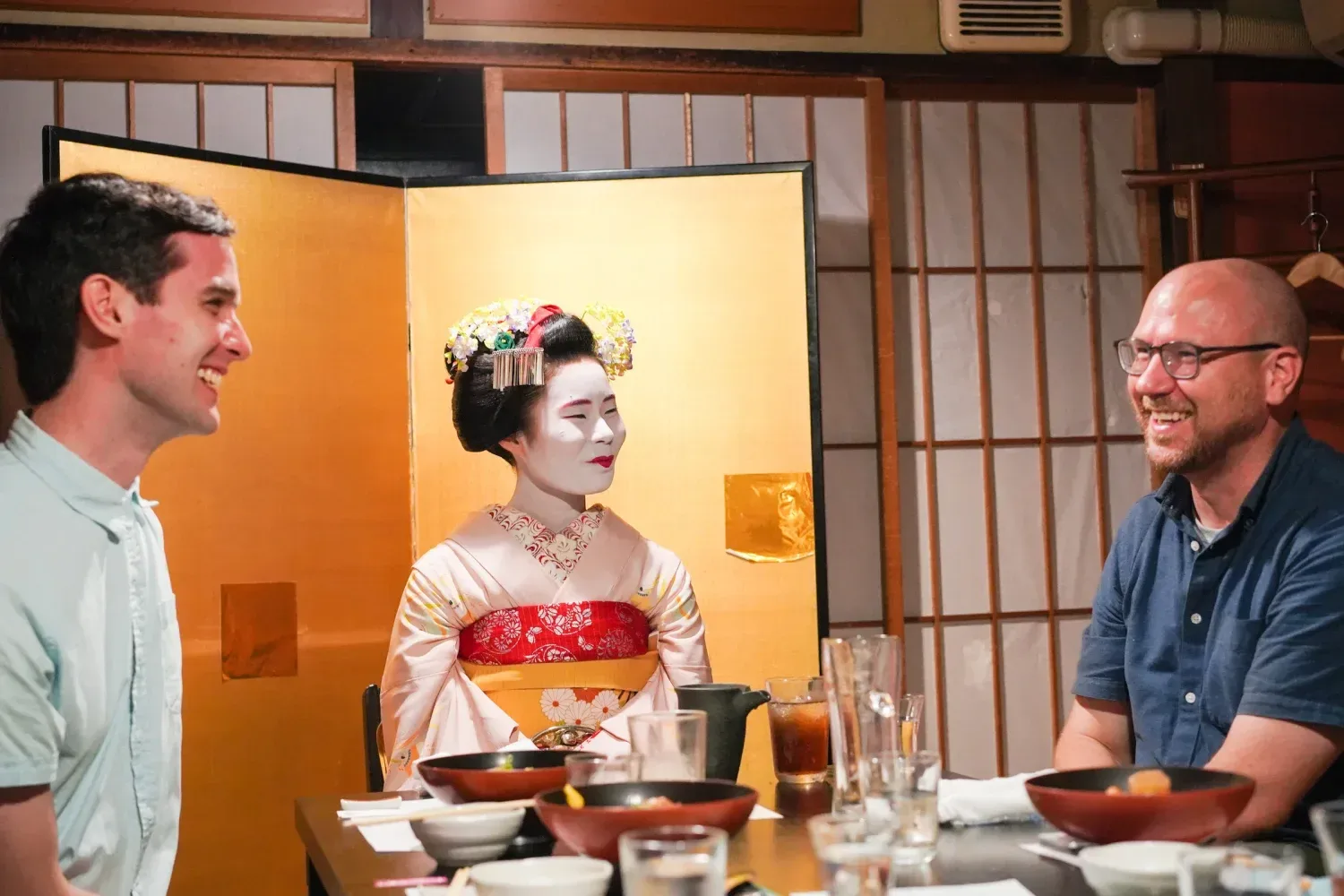
Three Recommended Dining Spots to Visit on Hanamikoji Street
Gion Tokuya
source:Tabelog
The first shop I'd like to introduce is "Gion Tokuya," a warabi mochi shop. Warabi mochi is a Japanese confection made by dissolving warabi starch (derived from bracken fern) in hot water with sugar, then chilling it to set. It has a texture between mochi and jelly and is often eaten as a casual snack at home.
Gion Tokuya's warabi mochi is famous for its incredible taste that can only be experienced here. They are meticulous about their ingredients, using domestic pure warabi starch and high-grade domestic sugar, with a unique recipe and formulation. I've tried it myself, and the elegant sweetness that spreads in your mouth with its melt-in-your-mouth texture is unforgettable!
Gion Tokuya
Address: 570-127 Gionmachi Minamigawa, Higashiyama-ku, Kyoto
Access: 296m from Gion-Shijo Station
Phone: 075-561-5554
Hours: 12:00-18:00
Closed: Irregular
Official website
Ohagi no Tanbaya
The next shop I'd like to introduce is "Tanbaya," famous for their ohagi.
Ohagi is a Japanese sweet made by slightly mashing steamed mochi rice, shaping it into balls, and coating it with sweet azuki bean paste or kinako (roasted soybean flour). Tanbaya is a popular shop that makes simple and delicious Japanese sweets daily using carefully selected ingredients and traditional recipes.
First, I recommend trying their signature ohagi, which has been on the menu since the shop's founding! Of course, they have various other Japanese sweets, all freshly made and delicious. The shop is located just around the corner from Hanamikoji Street, and you can enjoy their sweets while walking.
I'm originally from Osaka, and there's a branch there too. My mother often bought sweets from Tanbaya. It's one of the treats I look forward to eating when I visit the Kansai region!
Ohagi no Tanbaya Shijo Minamiza-mae Store
Address: 240 Gionmachi Kitagawa, Higashiyama-ku, Kyoto
Access: 128m from Gion-Shijo Station
Phone: 075-533-3332
Hours: 10:00-18:00
Official website
Izuu
source: Official website
The last place I'd like to introduce is "Izuu," famous for its trout sushi.
Trout sushi is a pressed sushi made by layering salted and vinegared fish with sushi rice, then pressing and aging it over time. The balance between the soft, salt-cured trout and the slightly firm, vinegared rice creates a wonderful flavor and texture.
Izuu is a long-established shop founded in 1781 and is the birthplace of trout sushi. Trout sushi is often served as a Kyoto specialty in teahouses, enjoyed while watching maiko and geiko dance, or served at celebratory events and other occasions as a delicacy.
Buying takeout and nibbling on trout sushi while walking along Hanamikoji Street could be a unique experience only possible in Kyoto! They also offer eat-in options, so it's recommended when you're feeling peckish or need a break from walking.
Izuu
Address: 367 Kiyomoto-cho, Yasaka Shin-chi, Higashiyama-ku, Kyoto
Access: 277m from Gion-Shijo Station
Phone: 075-561-0751
Hours: 11:00-22:00 (Until 21:00 on Sundays and holidays)
Closed: Tuesdays
Official website
Night-time Exploration of Hanamikoji Street Offers a Different Charm
source:Jalan
Hanamikoji Street is worth visiting not only during the day but also for an evening stroll. The soft light from the lanterns creates a fantastical atmosphere. Moreover, the stone-paved streets illuminated by these lights are truly splendid, creating a completely different ambiance from daytime.
As it's the main business hours for teahouses, you'll see more maiko and geiko walking along the street or entering and exiting establishments. The atmosphere becomes even more "Kyoto-like," almost making you feel as if you've traveled back in time.
While it's enjoyable to appreciate the buildings and atmosphere of Hanamikoji Street during the bustling daytime, the night offers a different charm. As mentioned earlier, there are many long-established shops unique to Hanamikoji Street, even within Kyoto. A good schedule might be to have tea at one of these shops in the evening and then enjoy the night atmosphere.
If you are interested in Nighttime in Kyoto, check the article below! I summarized how and where you can enjoy Nighttime in Kyoto as much as possible.

Recommended Tours to Enjoy Kyoto
Let me introduce you to a special tour by MagicalTrip where you can fully experience Kyoto's traditional culture.
Dinner with Maiko in a Traditional Kyoto Style Restaurant Tour
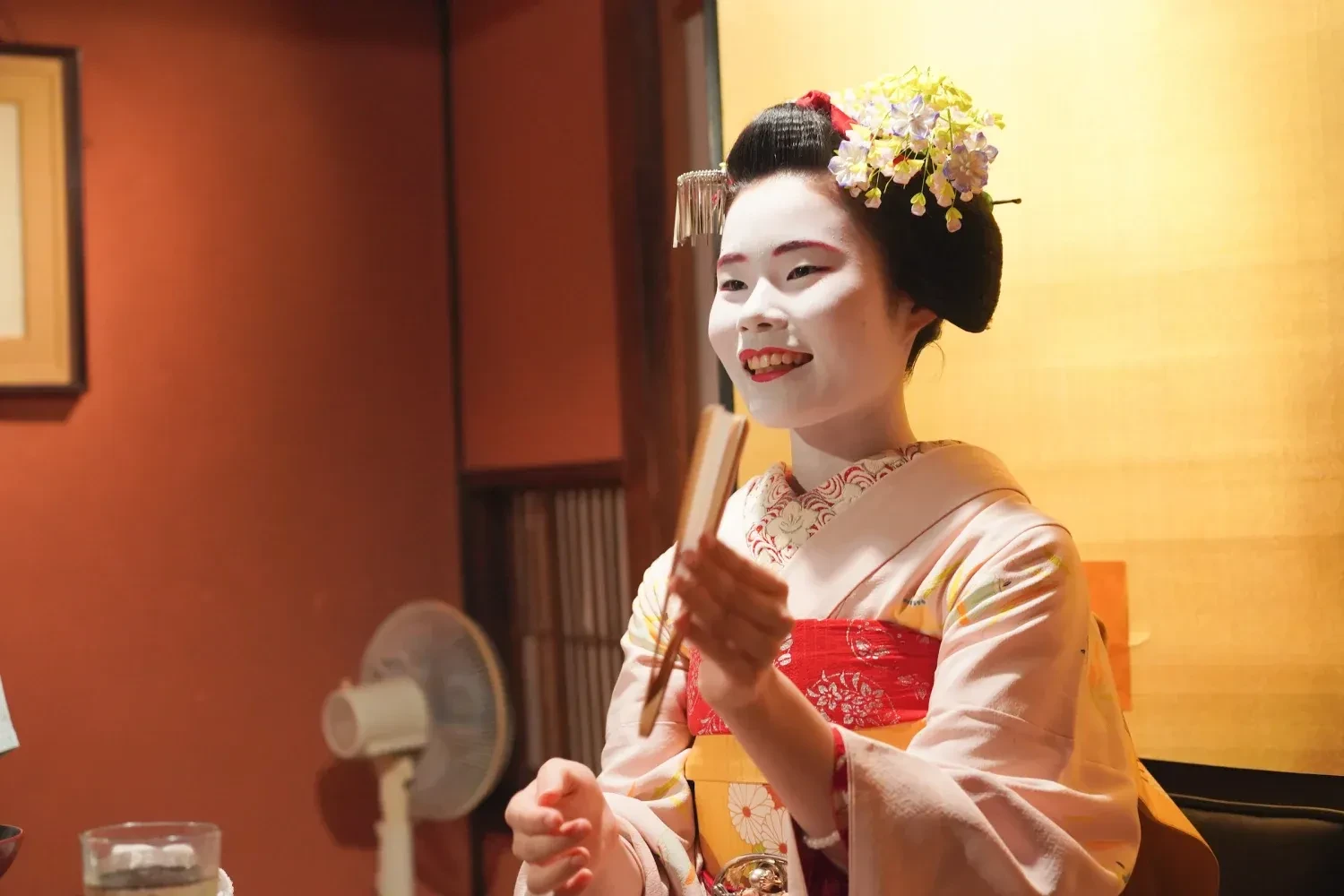
This luxurious tour offers a special evening with a genuine maiko in Gion district for approximately 3.5 hours. Priced at $279.69 USD (approximately ¥42,000), this small-group tour comes with an English-speaking guide, making it perfect for international visitors.
While strolling through the Gion area with a local guide, you'll learn about the fascinating history and charm of maiko and geiko culture that is typically difficult to access. In a century-old renovated machiya (traditional townhouse) restaurant, you can enjoy an authentic Kyoto cuisine course dinner (vegetarian options available).
The all-you-can-drink plan is included, allowing you to freely enjoy Kyoto's local sake and other beverages. After watching traditional dance performances by the maiko, you'll engage in ozashiki asobi (traditional parlor games) and conclude with a commemorative photo session.
Participation is limited to those aged 15 and above, and due to limited wheelchair and stroller accessibility in some areas, private tours are recommended for guests with mobility restrictions. While full refunds are available for cancellations made 7 days in advance, late arrivals cannot participate and are not eligible for refunds.
Details here: Dinner with Maiko in a Traditional Kyoto Style Restaurant Tour
This special tour offers the most elegant way to experience Kyoto's hanamachi (flower district) culture, which is typically difficult to access. It will surely become an unforgettable memory of your trip.
Two Rules to Know Before Visiting Hanamikoji Street
Here are two rules to follow to ensure an enjoyable experience on Hanamikoji Street.
Do Not Photograph or Obstruct Maiko and Geiko
It's considered poor manners to photograph maiko and geiko without permission, follow them, or obstruct their passage. Remember, maiko and geiko are working professionals.
There are designated spots where you can take photos with maiko and geiko. If you want to take pictures, visit these approved locations.
Do Not Photograph Private Roads Without Permission
While Hanamikoji Street itself is a public road and can be photographed, most of the side streets in the surrounding area are private roads. You'll see signs here and there prohibiting photography on these private roads. As this area became famous as a tourist spot, there have been incidents of private property and personal lives being exposed on social media.
This rule was established to prevent such problems. Please be mindful of preserving the privacy of local residents.
Access
Name: Hanamikoji Street
Location: A north-south street about 1km long, stretching from the Sanjo area to Kennin-ji Temple in the Gion district
Access: From Kyoto Station, taking a city bus is convenient.
Board City Bus 206 at "Kyoto Station" and get off at "Gion" station, then walk for about 5 minutes.
Total travel time is about 25-30 minutes.
If you are interested in Kyoto's Attractions, check the article below! I summarized how and where you can enjoy Kyoto's Attractions as much as possible.
